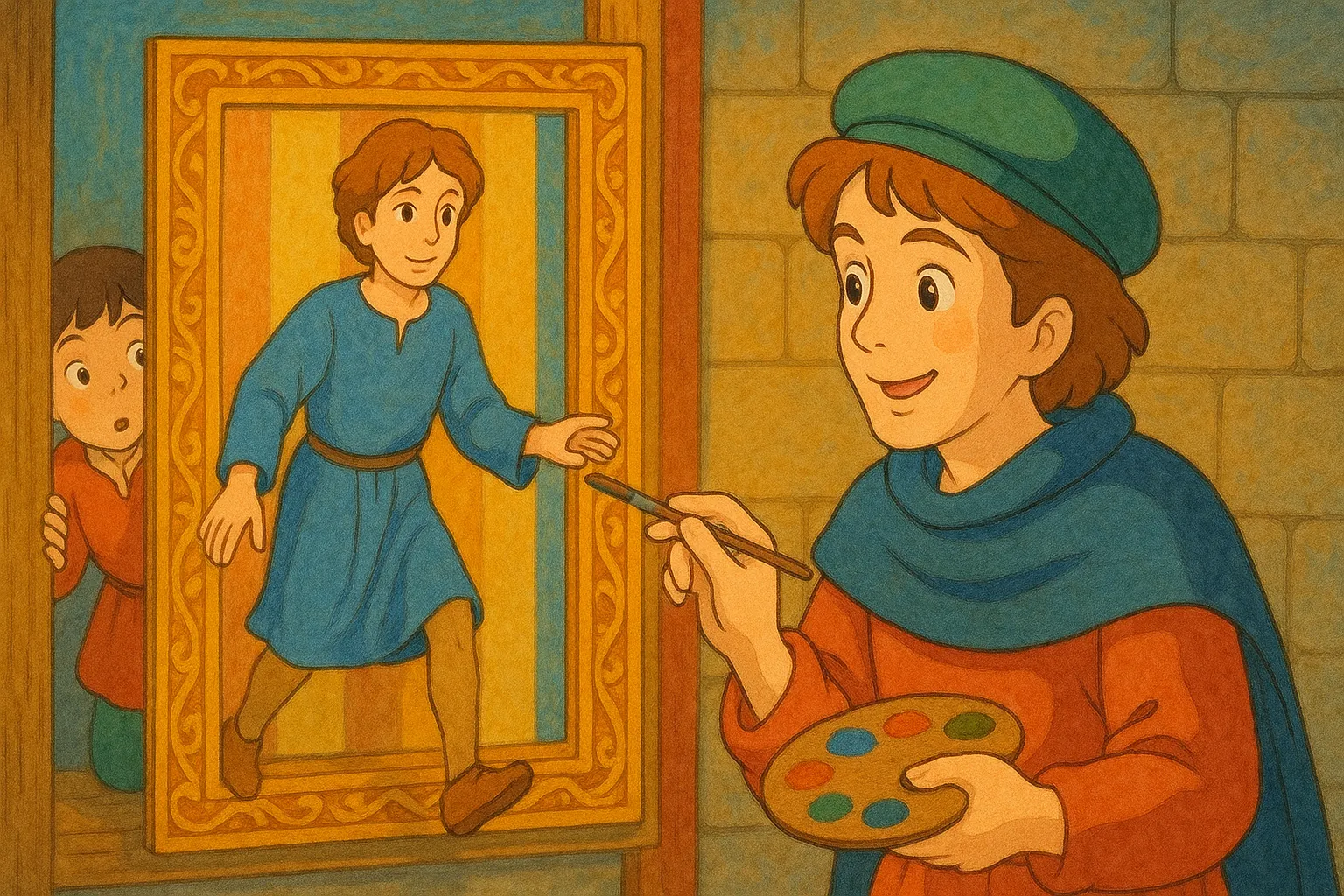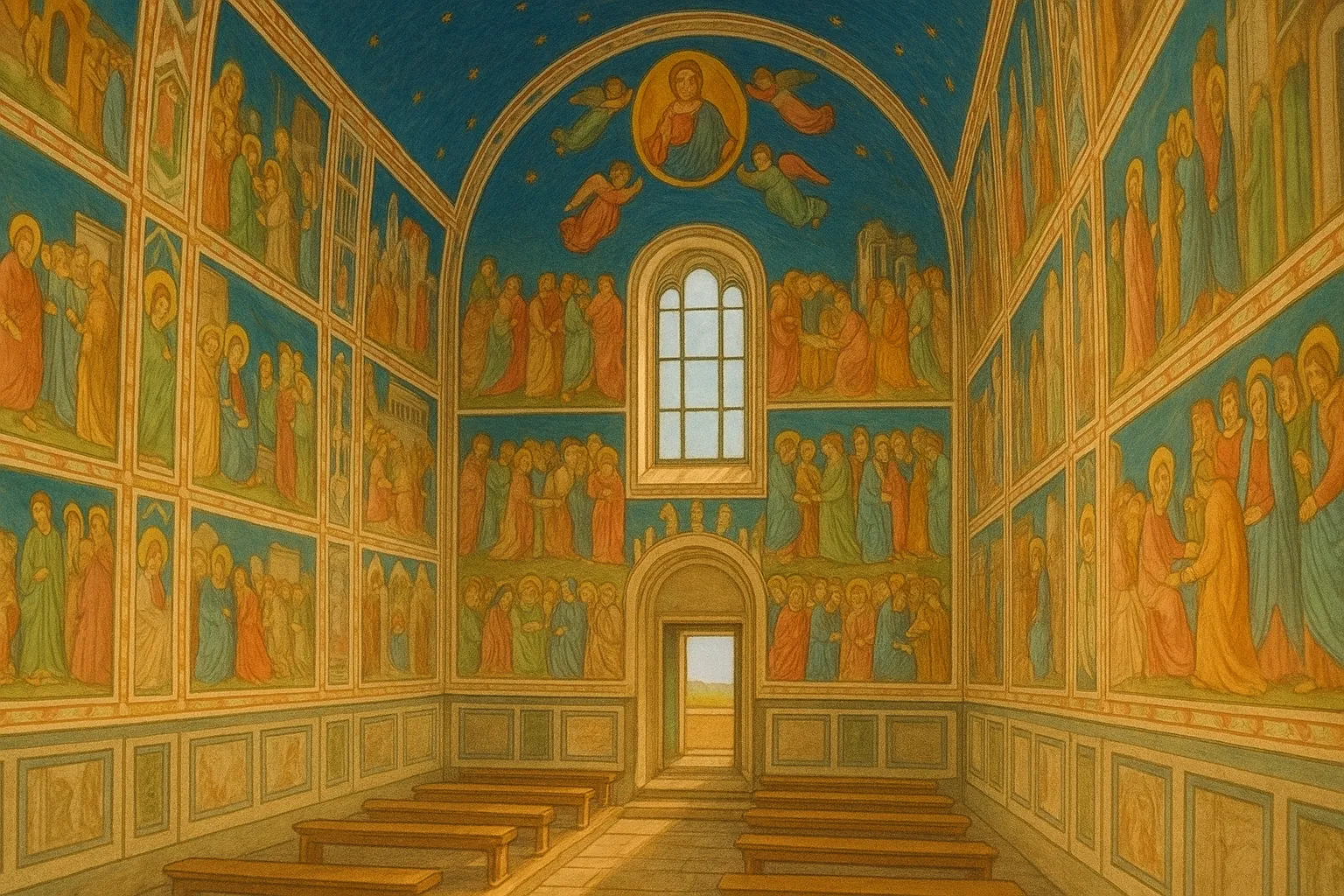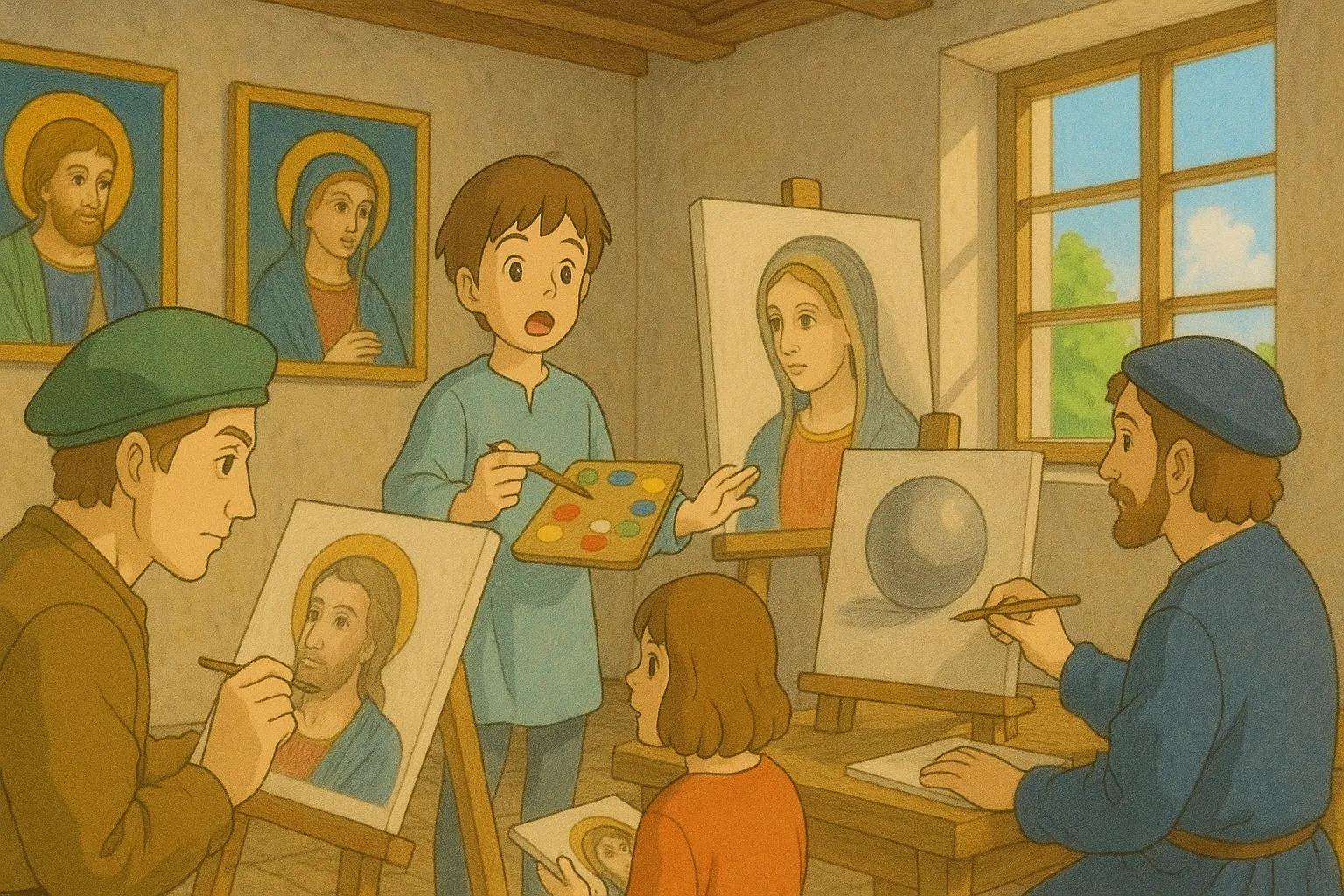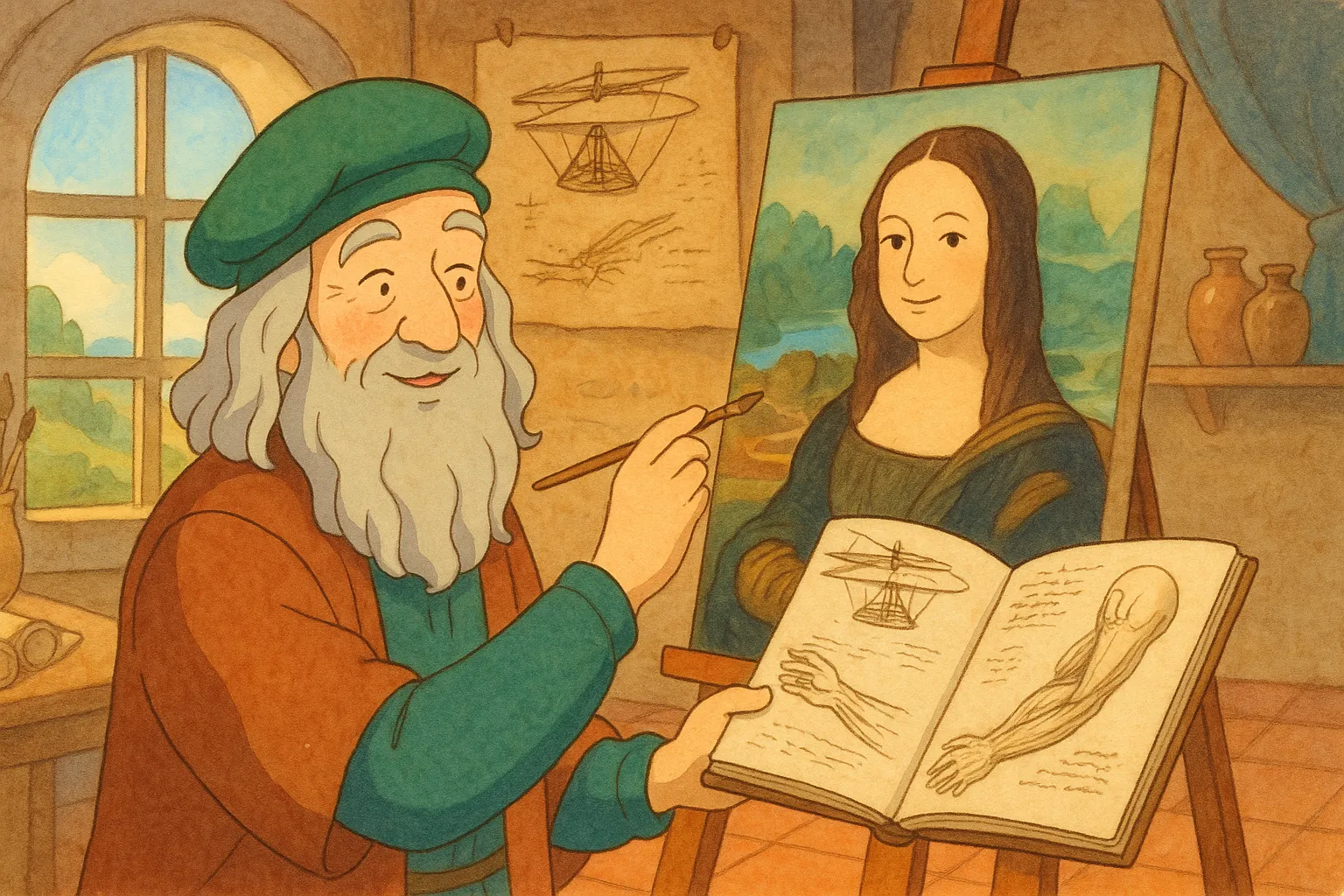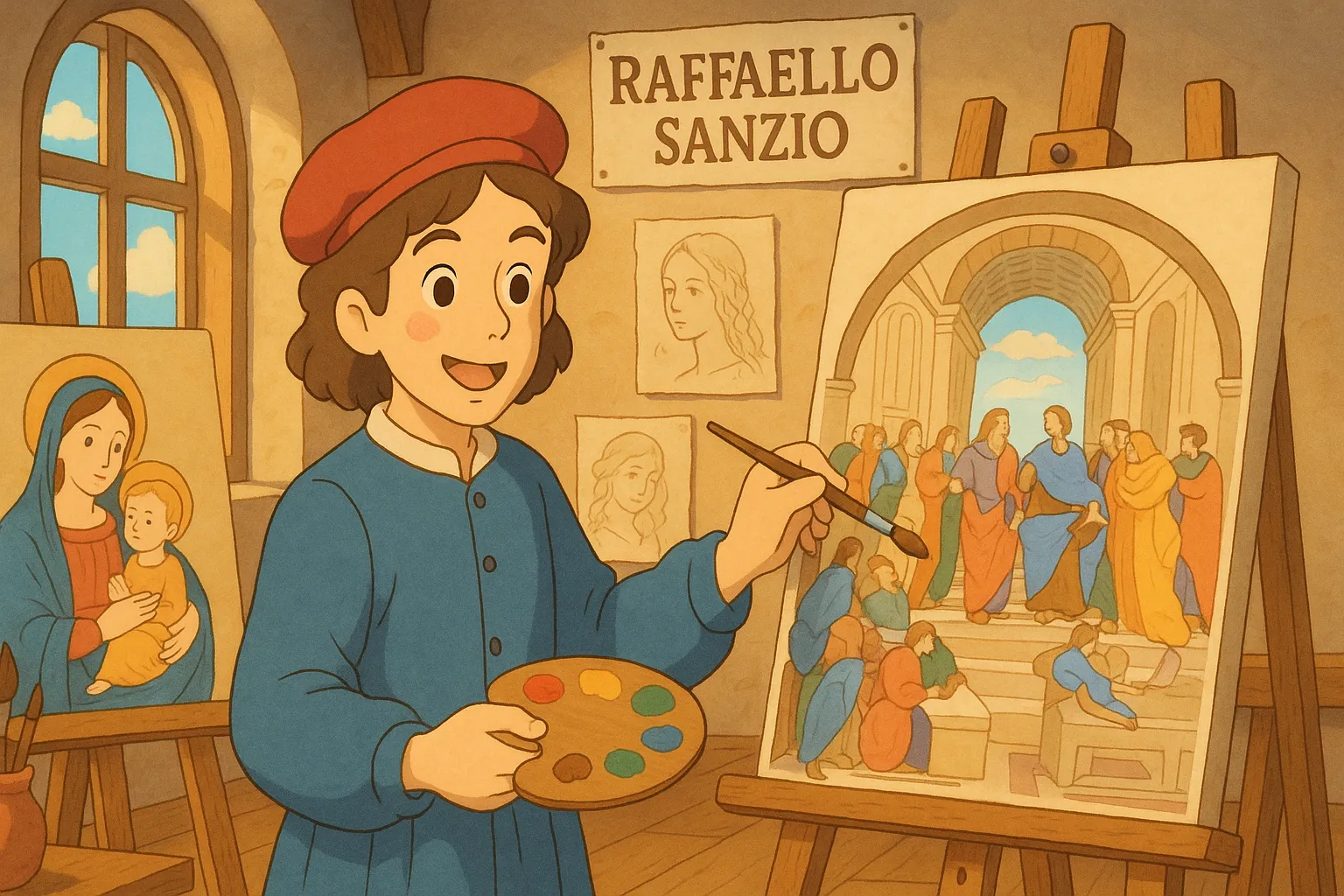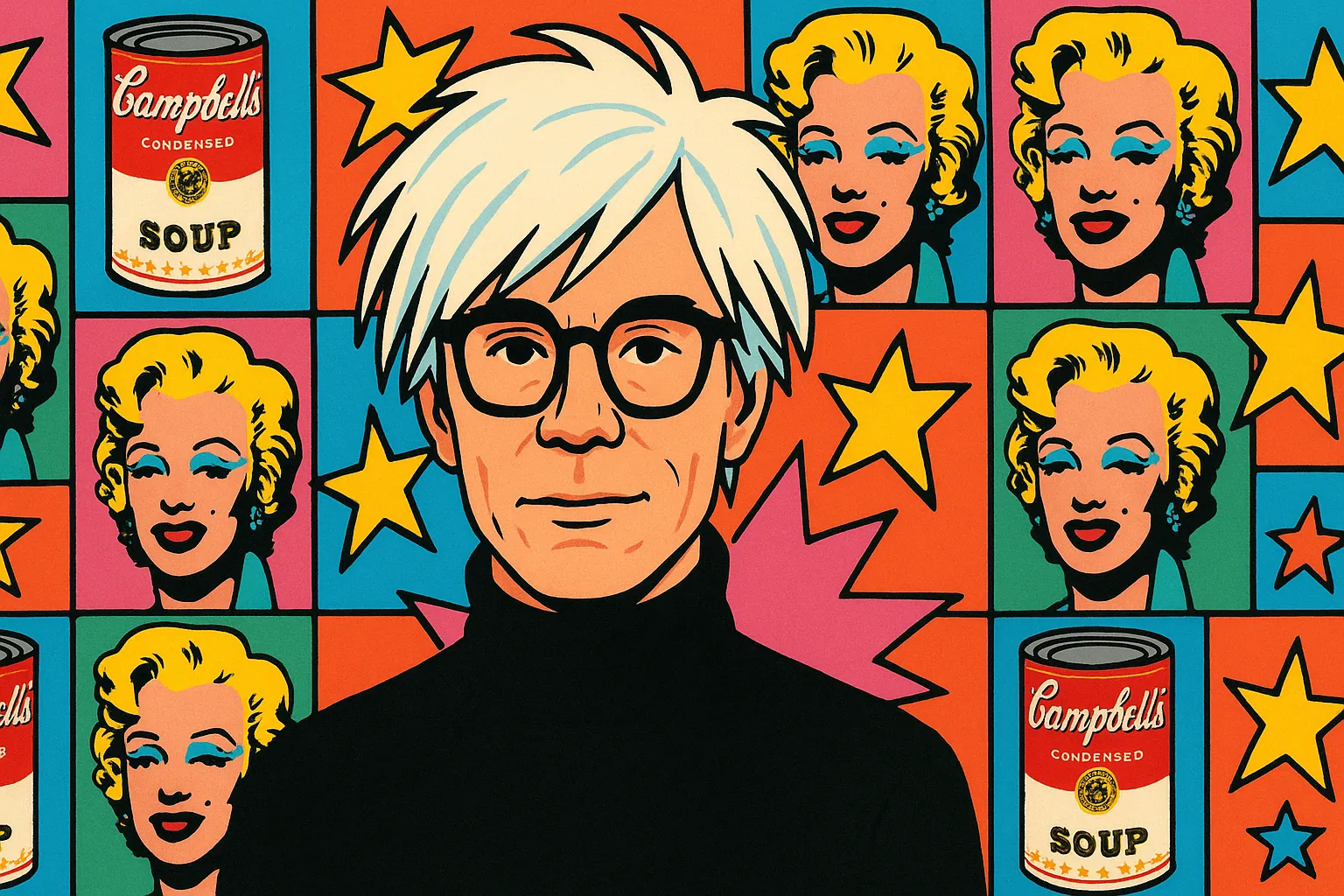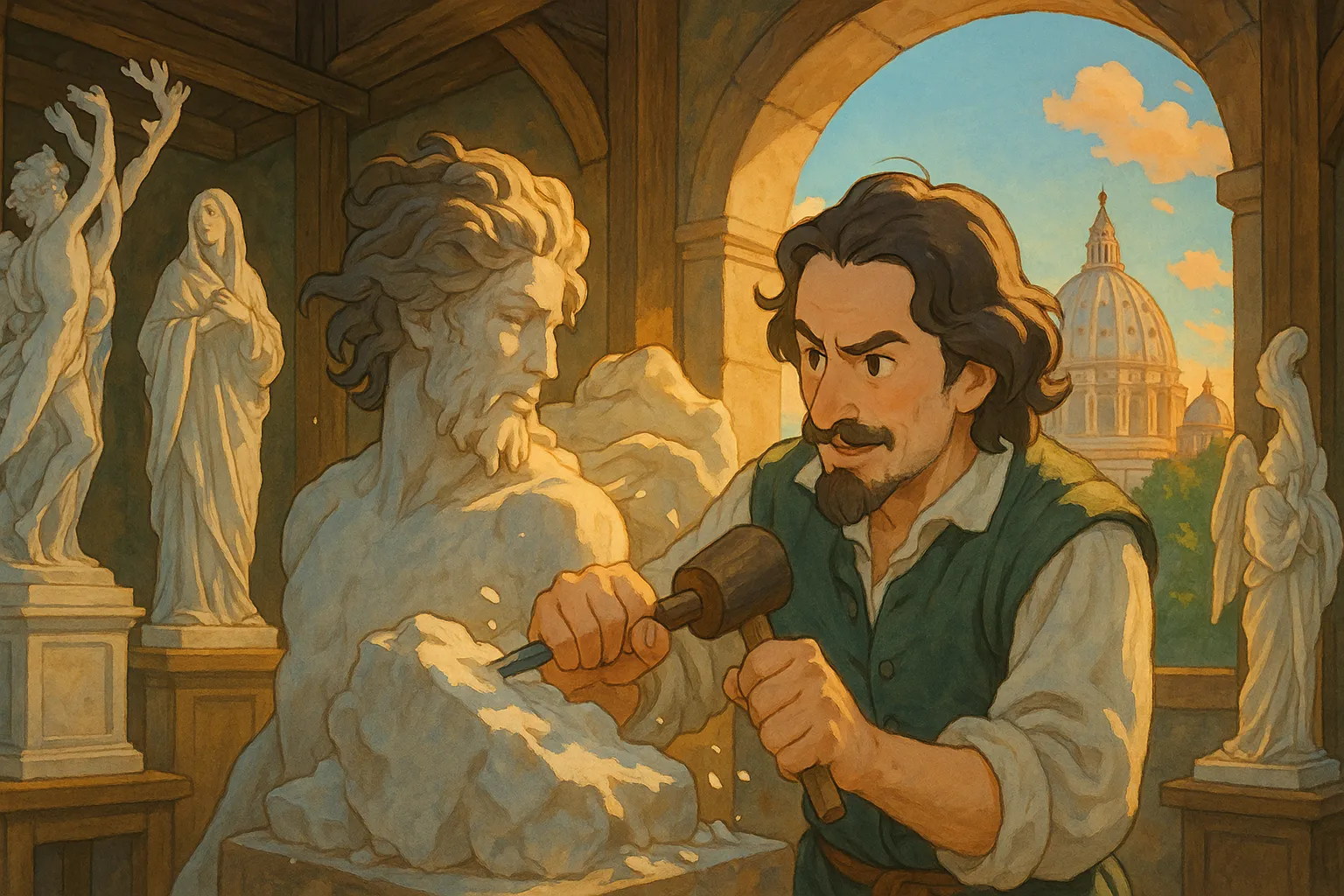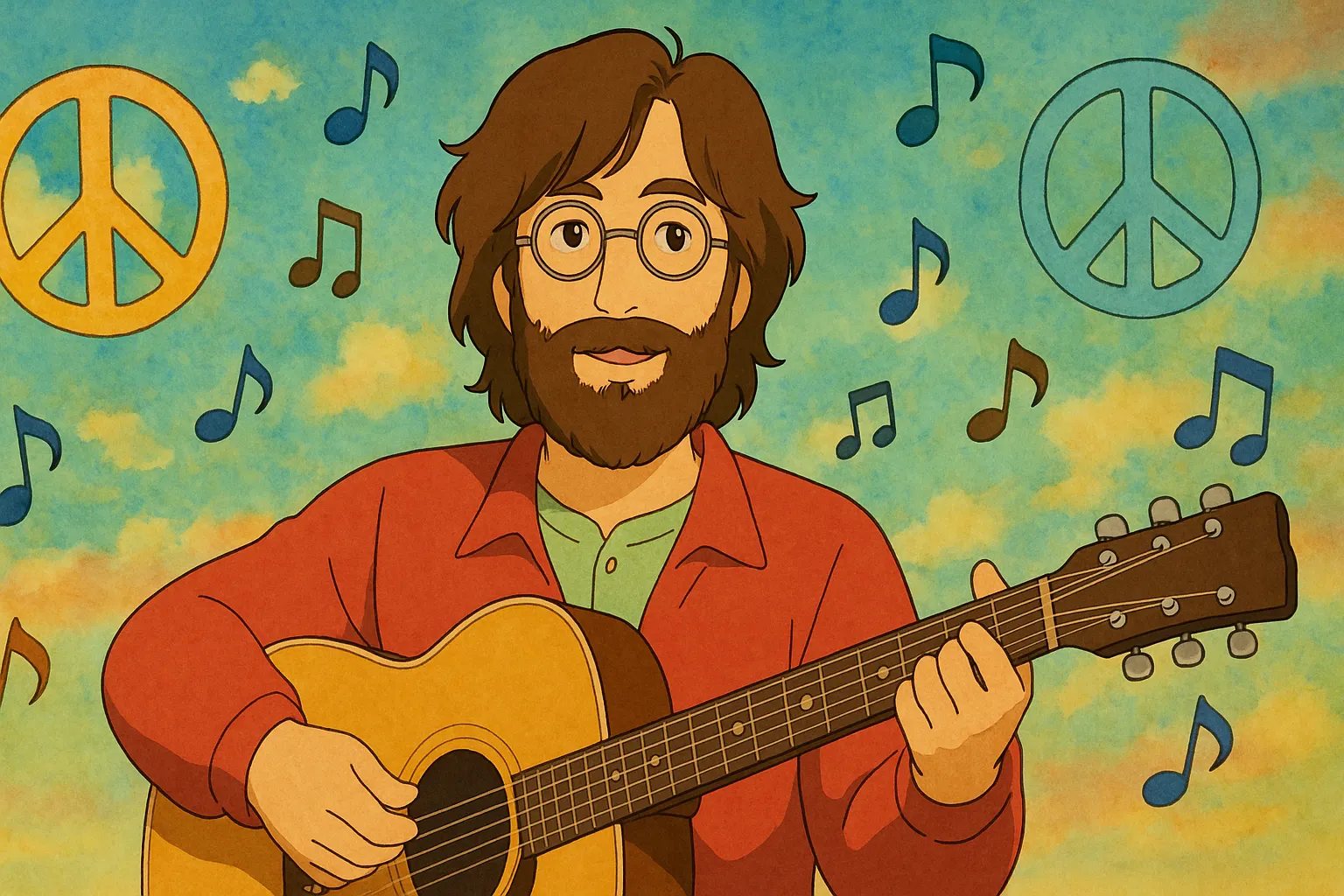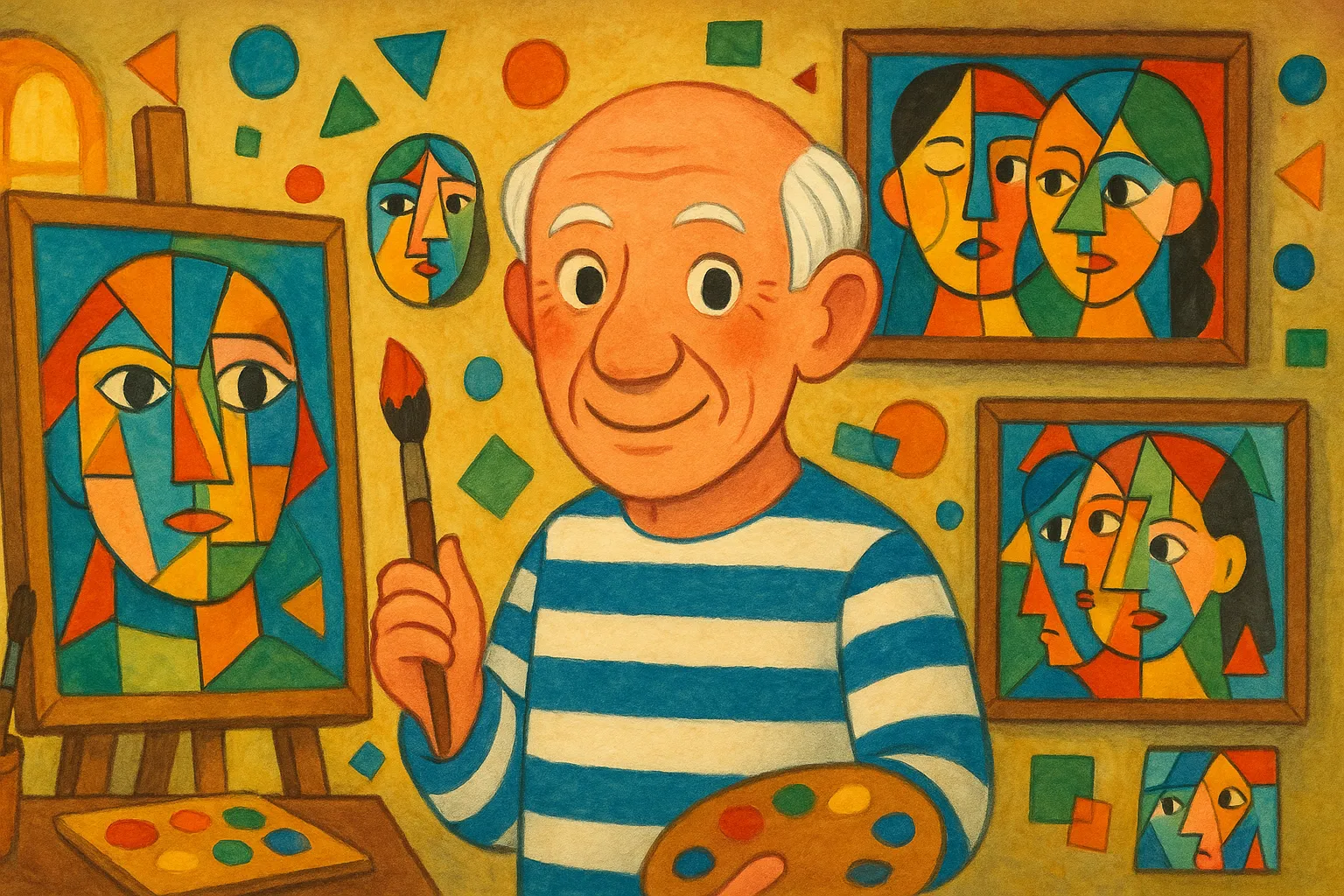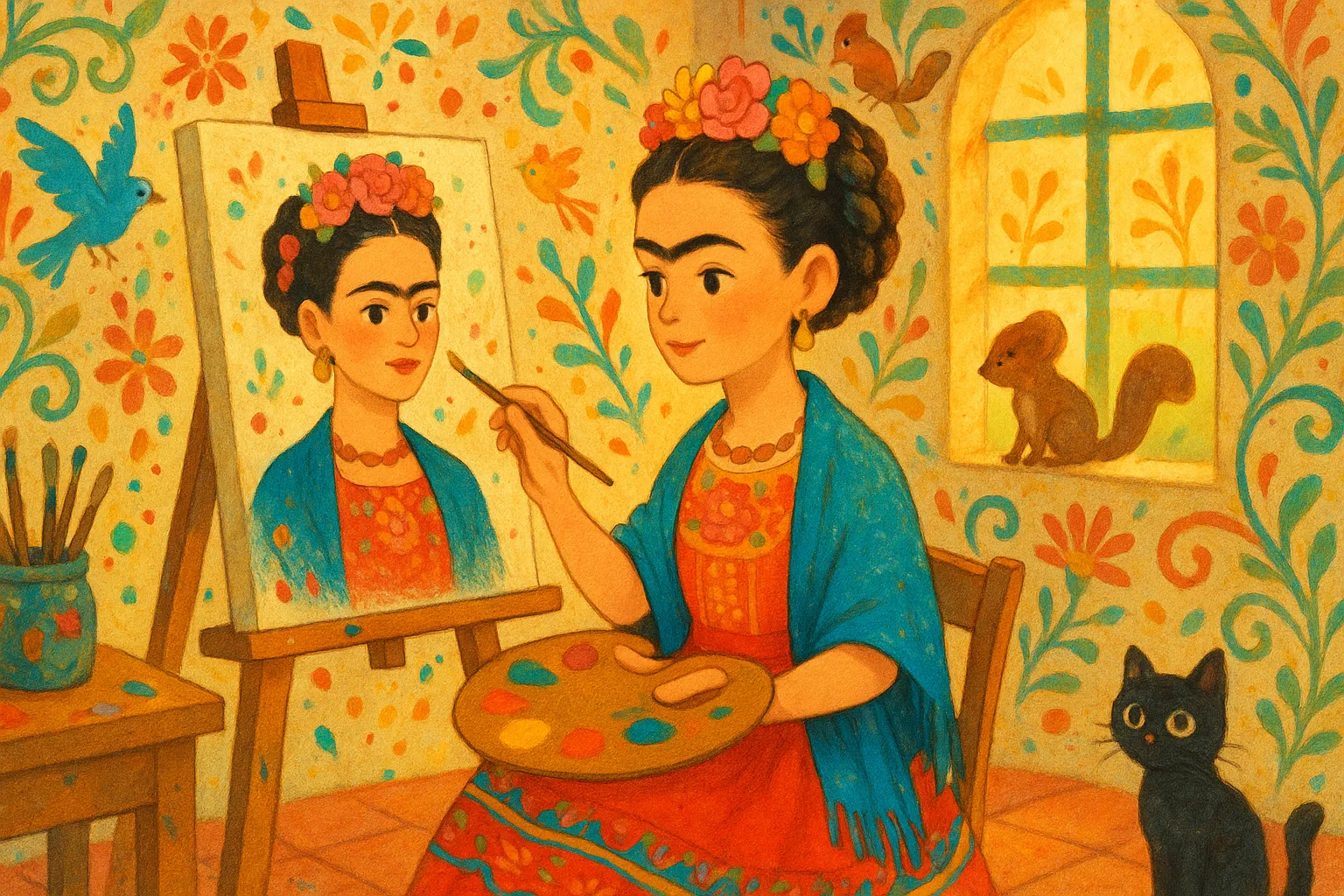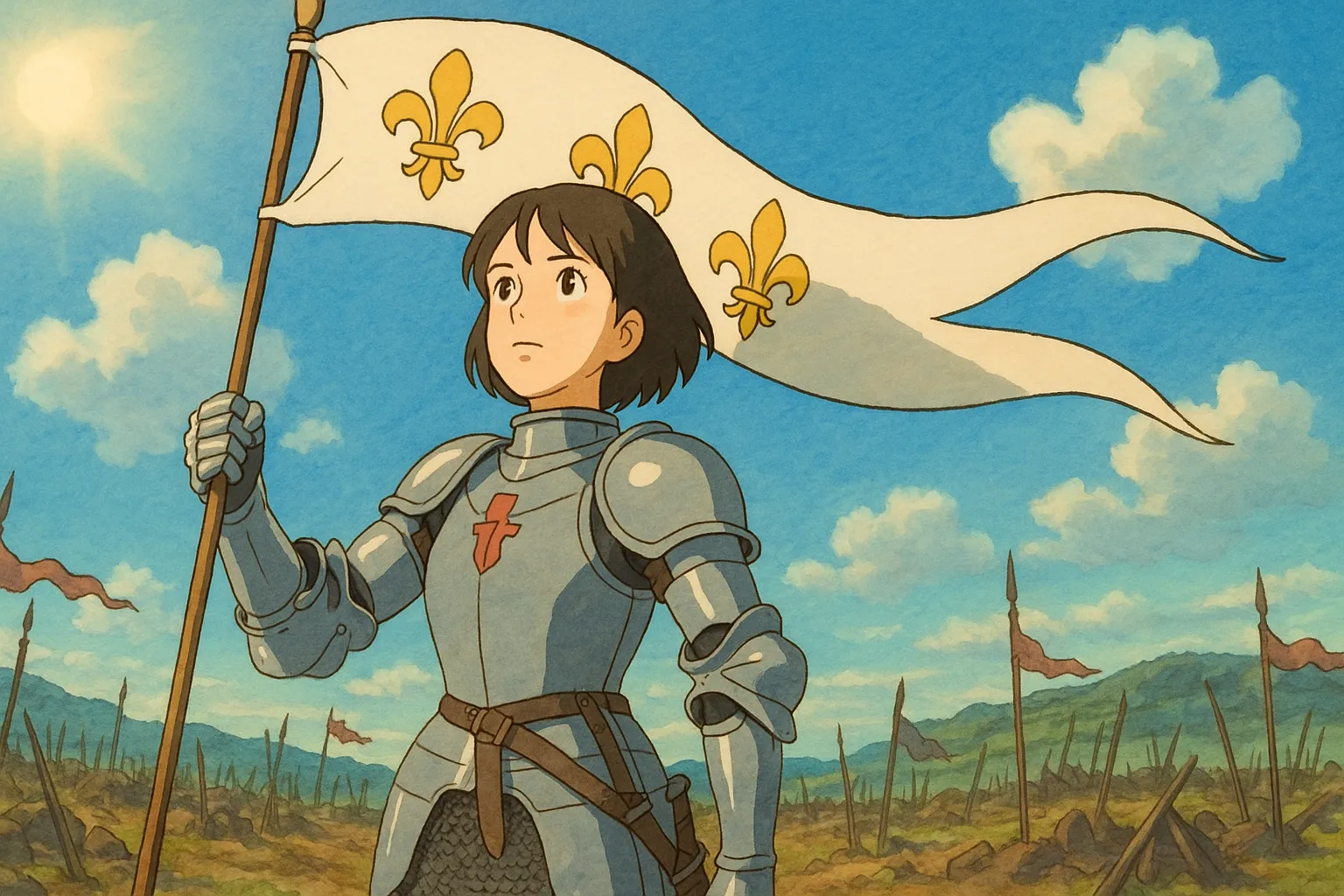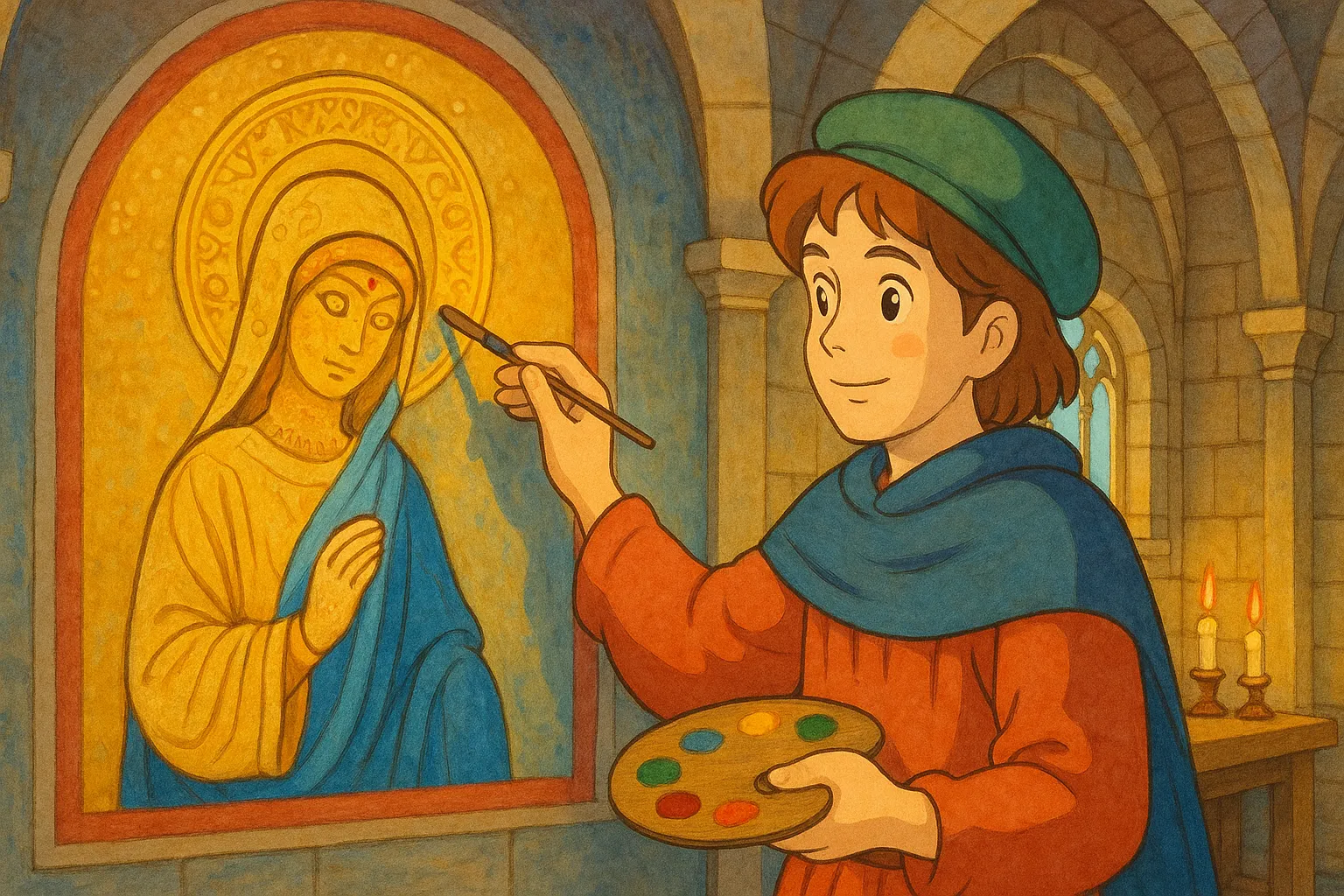
Frequently Asked Questions
Where was Giotto born?
Most scholars think he came from Colle di Vespignano near Florence. Exact birth records don’t survive, so the date c.1267 is an estimate based on later documents.
Who taught Giotto to paint?
A famous story names Cimabue as his teacher — Vasari tells of Cimabue spotting Giotto drawing sheep. Modern scholars accept Cimabue as a likely influence but details are uncertain.
What other works survive besides the Arena Chapel?
Surviving pieces include the Ognissanti Madonna (Uffizi) and various fresco fragments and panels in Florentine churches and museums. Some attributions are debated by experts.
Was Giotto only a painter?
No. He also worked as an architect and ran workshops. Records show he was appointed chief architect of Florence’s cathedral in 1334 and began designs later continued by others.
Did Giotto sign his paintings?
He rarely signed works. Art historians rely on archival records, payments, and stylistic analysis to attribute paintings to him.
How did other artists learn from Giotto?
His workshop, copies of his compositions, and public frescoes made his approach visible. Later painters studied and adapted his natural poses, emotional scenes, and composition.
Are there myths about Giotto I should know?
Yes. Vasari’s biography mixes facts and colorful anecdotes (like the sheep-drawing tale). Some stories became legend, so historians treat them cautiously.
Where can I see Giotto’s work today?
The Scrovegni (Arena) Chapel in Padua is the main site. Other paintings and fragments are in Florence museums and churches; check museum catalogs before visiting.
References
- https://en.wikipedia.org/wiki/Giotto
- https://www.britannica.com/biography/Giotto
- https://www.treccani.it/enciclopedia/giotto-di-bondone/
